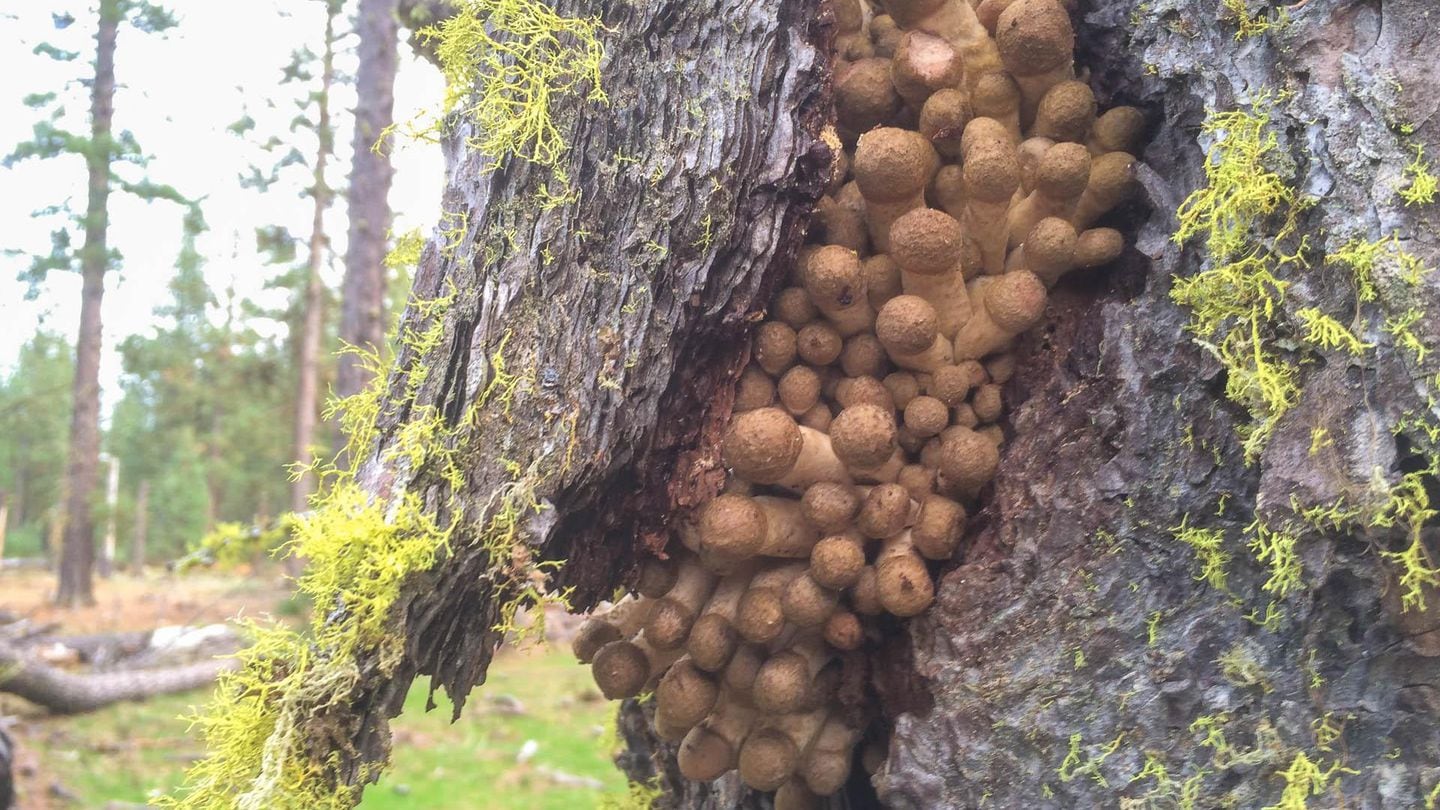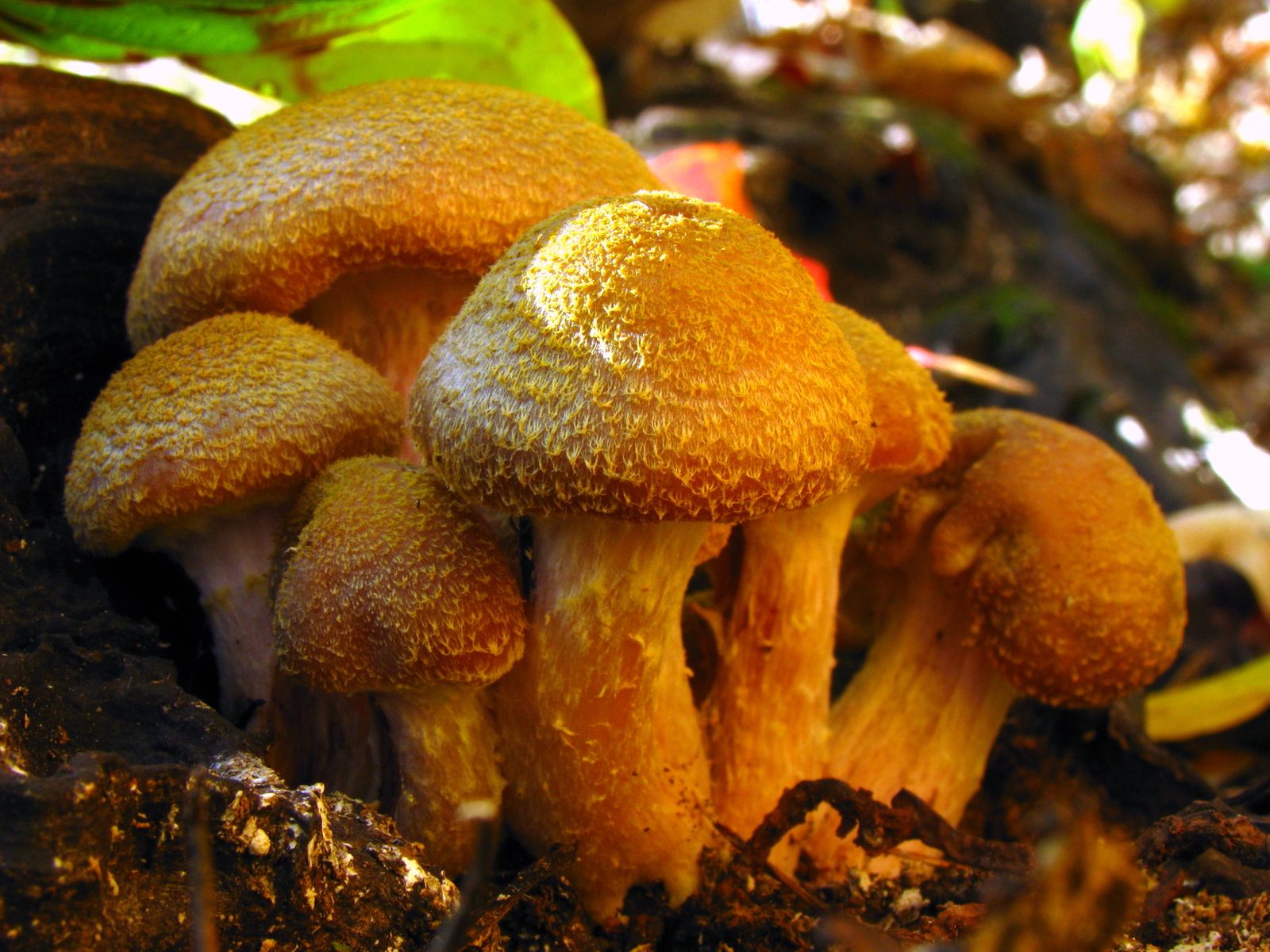The world's Largest living organism!!!
Did you know that the world's largest living organism is a fungus? It's true! A single fungus in eastern Oregon covers an area of over 2,200 acres, making it larger than the city of Paris.
The fungus, called Armillaria ostoyae, is commonly known as the honey mushroom. It's a parasitic fungus that grows on the roots of trees and other plants, slowly consuming them over time. But the fungus also has a unique ability to spread underground through a network of tiny threads called mycelia. These mycelia can connect different parts of the fungus, allowing it to grow and spread over vast distances.
The honey mushroom in eastern Oregon is estimated to be around 2,400
years old, making it one of the oldest living organisms on the planet. It's
also incredibly resilient - the fungus has survived wildfires, droughts, and
other natural disasters that have wiped out entire forests.
While the honey mushroom is certainly impressive, it's not the only
example of a massive fungus. In Michigan, there's a fungus called Armillaria
gallica that covers an area of over 30 acres. And in Canada, a fungus called
Armillaria solidipes has been found to cover an area of over 1,500 acres.
But why should we care about these massive fungi? For one thing, they
play an important role in the ecosystem. Fungi help break down dead plant
matter, releasing nutrients back into the soil that can be used by other
plants. They also help create a network of interconnected organisms, allowing
for the exchange of nutrients and information between different species.
In addition, the study of fungi has led to many important scientific
discoveries. Fungi have been used to produce antibiotics, antifungal agents,
and other drugs that have saved countless lives. They've also been used in the
production of food and other products, such as beer and cheese.
So the next time you see a mushroom growing in your backyard, take a
moment to appreciate the fascinating world of fungi and the important role they
play in our world.





评论
发表评论